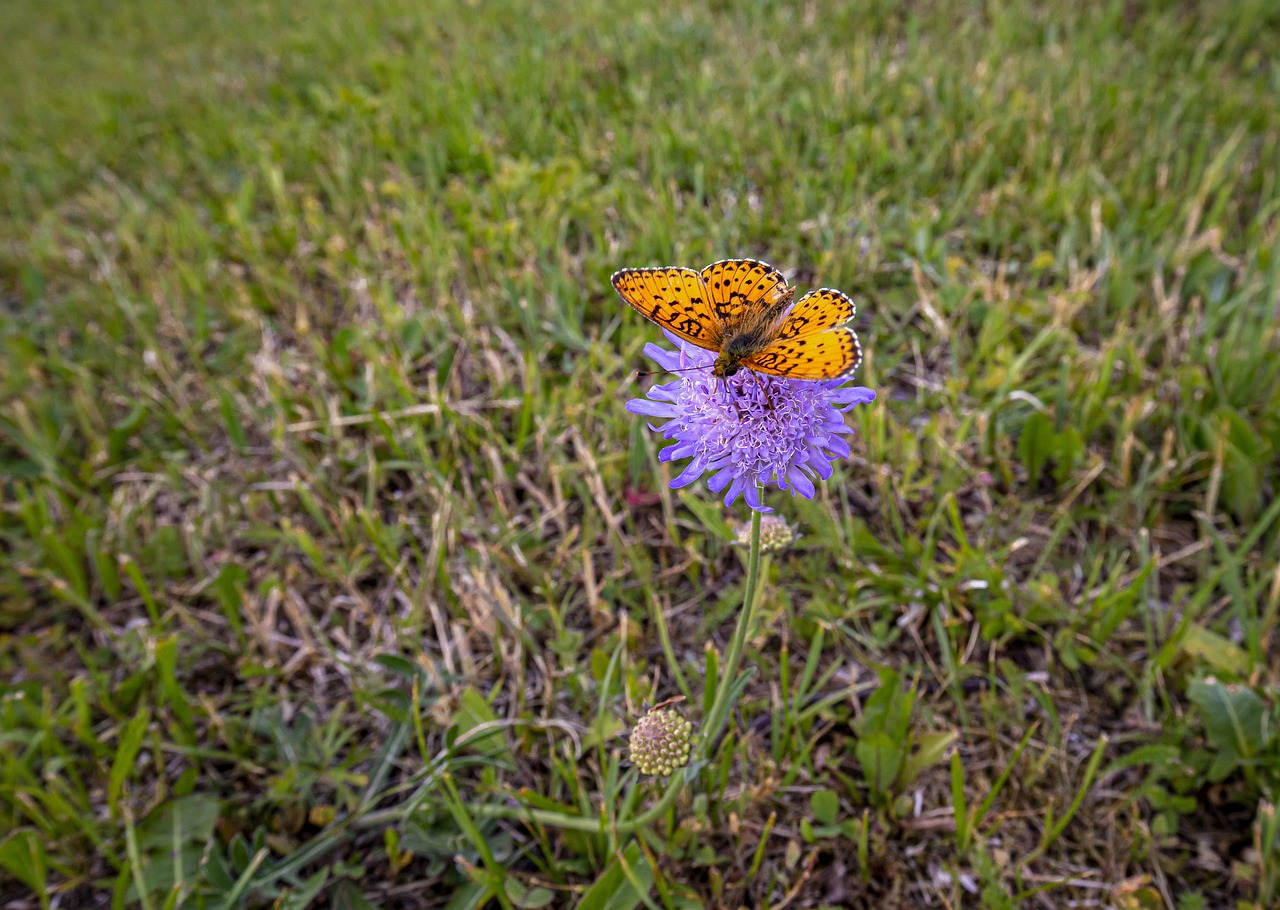The Lesser Marbled Fritillary (Brenthis ino) is a charming and moderately-sized butterfly known for its striking pattern and coloration. Here is a detailed overview of this species:
Description
- Appearance: The Lesser Marbled Fritillary has a distinctive appearance with a marbled pattern on its wings. The upper side of the wings is orange with black spots and lines, while the underside features a marbled pattern with a mix of brown, orange, and cream colors.
- Size: This butterfly has a wingspan of about 38 to 46 millimeters.
Habitat
- Distribution: Brenthis ino is found across Europe and parts of Asia. Its range extends from Scandinavia in the north to parts of the Mediterranean in the south and from Western Europe to Siberia.
- Preferred Environment: It inhabits moist meadows, woodland clearings, marshy areas, and along streams and rivers. The presence of host plants and nectar sources is crucial for their habitat.
Behavior and Ecology
- Flight Period: The Lesser Marbled Fritillary typically has one generation per year, with adults emerging from late June to early August, depending on the latitude and local climate.
- Diet:
- Larvae: The caterpillars feed primarily on species of violets (Viola spp.) and sometimes on other herbaceous plants.
- Adults: Adult butterflies feed on nectar from various flowers, including thistles, knapweeds, and other meadow flowers.
- Reproduction: Females lay their eggs singly on or near the host plants. The larvae are initially dark brown or black and become lighter as they grow, with spiny bodies that provide some defense against predators.
Conservation
- Threats: The main threats to the Lesser Marbled Fritillary include habitat loss due to agricultural practices, drainage of wetlands, and changes in land use. Pesticide use and climate change also pose significant threats.
- Conservation Efforts: Conservation strategies focus on preserving and restoring wet meadows and other suitable habitats. This includes maintaining traditional mowing practices, preventing the drainage of wetlands, and encouraging the growth of host plants and nectar sources.
Observing Lesser Marbled Fritillaries
- Best Times: The best time to observe these butterflies is during their flight period in mid to late summer.
- Watching Tips: Look for them in sunny, sheltered areas of wet meadows and woodland edges. They can often be seen feeding on flowers or basking in the sun with their wings open.
Interesting Facts
- Larval Diapause: The larvae of the Lesser Marbled Fritillary enter a state of diapause (a period of suspended development) during the winter, which allows them to survive until the following spring when they resume feeding and growth.
- Sexual Dimorphism: Males and females can be distinguished by slight differences in coloration and pattern, with females often being slightly larger and paler than males.
- Territorial Behavior: Males are territorial and may engage in aerial battles to defend their chosen areas from other males.
Summary
The Lesser Marbled Fritillary (Brenthis ino) is a beautiful butterfly that adds vibrant color to wet meadows and woodland clearings. Conservation of its habitat is essential for ensuring the survival of this species, as it relies on specific environmental conditions and plant species for its life cycle. Observing the Lesser Marbled Fritillary in its natural habitat offers a rewarding glimpse into the rich biodiversity of these ecosystems.
Visited 843 times, 9 visit(s) today
Views: 4258
Subscribe to the newsletter:
